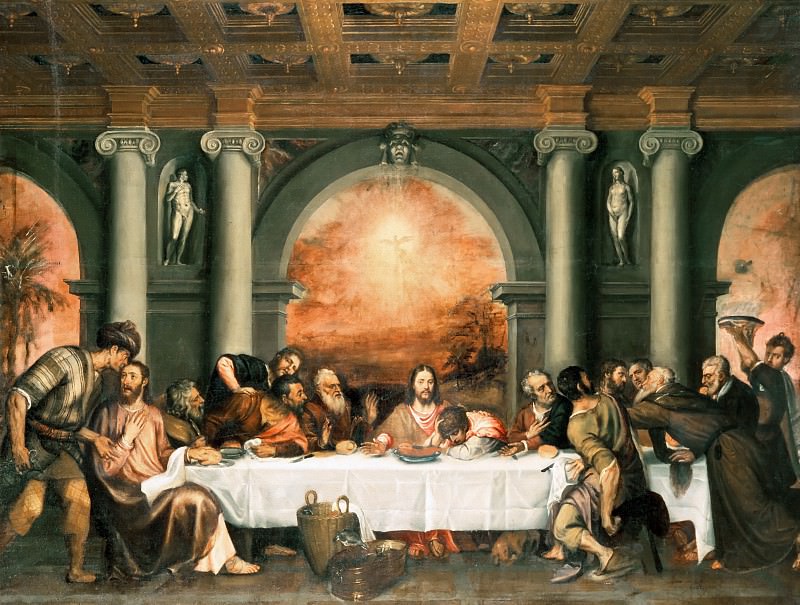Johannes Vermeer: A Master of Light and Composition
Johannes Vermeer, a Dutch painter from the Baroque period, is celebrated for his extraordinary ability to capture light and texture in his paintings. Born in Delft in 1632, Vermeer’s relatively short life of 43 years yielded a modest yet profoundly influential body of work. Although he was not widely recognized during his lifetime, Vermeer’s artistry has since garnered global admiration for its meticulous technique and serene beauty.
Early Life and Influences
Vermeer was born to Reynier Jansz, a silk weaver and art dealer, and Digna Baltus. Growing up in an environment that appreciated fine arts, Vermeer was exposed to various artworks and artists, which profoundly influenced his development as a painter. Though little is known about his formal training, it is widely believed that Vermeer apprenticed with a master painter, possibly Carel Fabritius, a leading artist in Delft at the time.
Artistic Style and Techniques
Vermeer’s artistic style is characterized by his masterful use of light, meticulous attention to detail, and a profound sense of tranquility. He employed a technique known as camera obscura, an optical device that projects an image of its surroundings onto a screen. This device helped him achieve precise compositions and a realistic portrayal of light and perspective.
One of Vermeer’s most notable techniques is his use of natural light to create a sense of depth and dimension. He often depicted domestic interiors, using light streaming through windows to highlight textures, surfaces, and the subtle interplay of colors. Vermeer’s paintings are renowned for their luminous quality, achieved through multiple layers of translucent glazes that enhance the vibrancy of his colors.
Notable Works
Girl with a Pearl Earring
Perhaps Vermeer’s most famous painting, "Girl with a Pearl Earring," is often referred to as the “Mona Lisa of the North.” This exquisite portrait captures a young girl in a moment of quiet contemplation, her gaze directed toward the viewer. The luminous pearl earring and the rich, dark background create a striking contrast that emphasizes the girl’s delicate features and the subtle play of light on her face.
The Milkmaid
"The Milkmaid" is another iconic work that exemplifies Vermeer’s skill in capturing everyday moments with extraordinary beauty. This painting depicts a young maid engrossed in her task of pouring milk. The simplicity of the scene is enhanced by Vermeer’s meticulous attention to detail, from the texture of the bread on the table to the intricate folds of the maid’s clothing. The natural light streaming through the window bathes the scene in a warm, golden glow, creating a sense of intimacy and tranquility.
The Art of Painting
In "The Art of Painting," also known as "The Allegory of Painting," Vermeer offers a glimpse into the artist’s studio. The painting features an artist at work, with his back to the viewer, painting a model dressed in a historical costume. This work is a testament to Vermeer’s technical prowess, with its complex composition, detailed rendering of textures, and masterful use of light and shadow. The map in the background, the chandelier, and the elaborate costume all contribute to the richness and depth of the scene.
Themes and Subjects
Vermeer’s oeuvre predominantly focuses on domestic interiors, capturing intimate moments of daily life. His subjects often include women engaged in quiet activities such as reading, writing, or playing musical instruments. These scenes reflect Vermeer’s fascination with the private, contemplative moments of everyday existence.
In addition to his interior scenes, Vermeer also painted a few landscapes and cityscapes, including "View of Delft," which is widely regarded as one of the greatest cityscapes of the Dutch Golden Age. This painting captures the serene beauty of Delft, with its calm waters, detailed architecture, and a sky filled with soft, billowing clouds.
Legacy and Influence
Vermeer’s legacy is one of enduring admiration and influence. His ability to capture the essence of light and texture has inspired countless artists and continues to captivate audiences around the world. Despite the limited number of works attributed to him—only about 34 paintings are confirmed as his—each piece is a testament to his extraordinary talent and meticulous craftsmanship.
In the centuries following his death, Vermeer’s work fell into relative obscurity, only to be rediscovered in the 19th century. Since then, his paintings have been celebrated for their technical brilliance and serene beauty. Exhibitions dedicated to Vermeer’s work have drawn large crowds, and his paintings are held in high esteem in major art collections worldwide.
Conclusion
Johannes Vermeer’s art stands as a timeless testament to the power of light, composition, and the beauty of everyday life. His meticulous technique, coupled with his ability to capture moments of quiet introspection, has earned him a place among the great masters of Western art. Each of his paintings offers a glimpse into the serene, contemplative world he created, inviting viewers to pause and appreciate the subtle beauty that lies within the ordinary. Through his work, Vermeer has left an indelible mark on the art world, one that continues to inspire and enchant generations of art lovers.




